
Introducing the BuzzFeed News newsletter JPG — this weekly newsletter will feature the most powerful images from around the internet, as well as behind-the-scenes exclusives from renowned photographers and our hard-hitting photo stories.
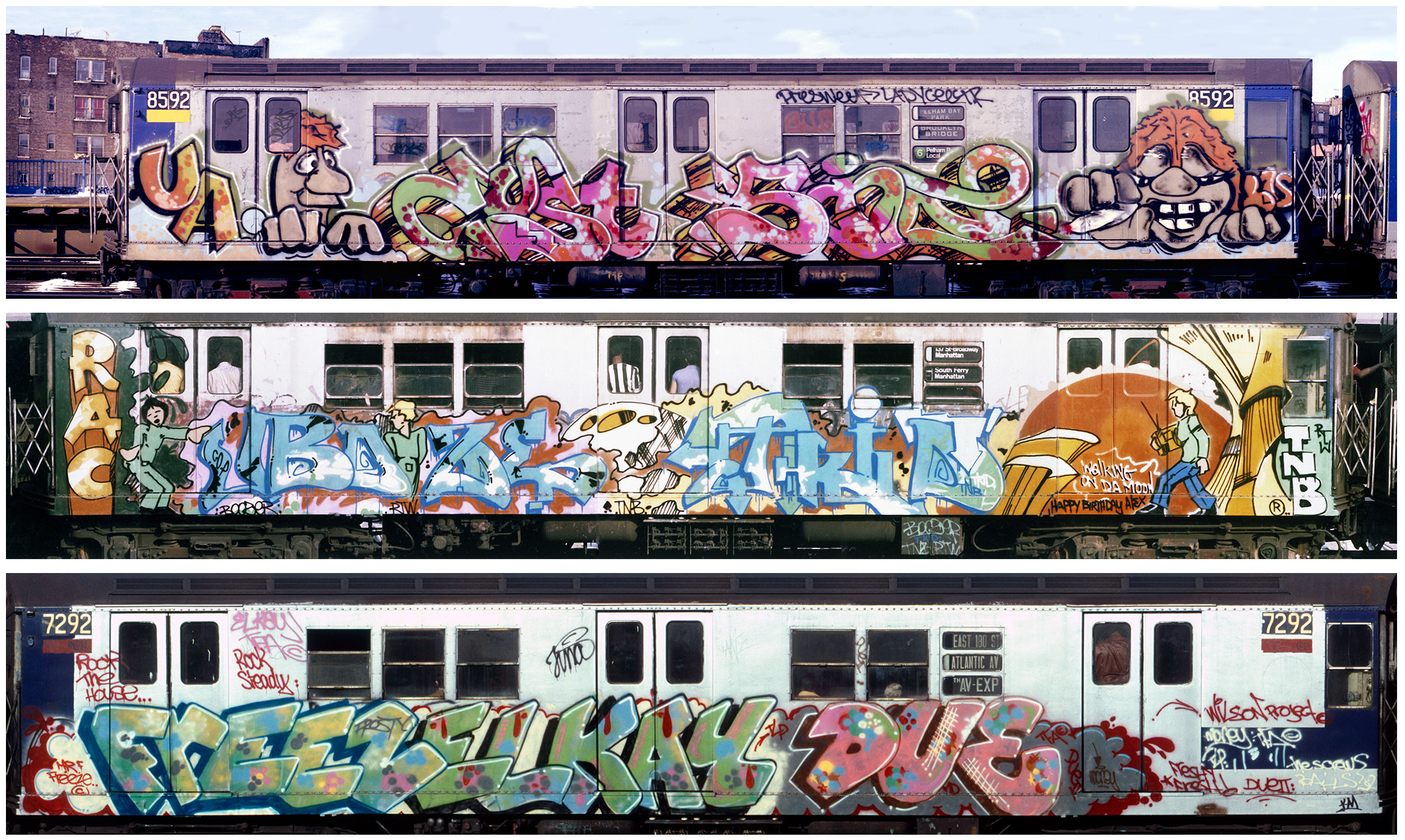
In the late 1970s, the Bronx borough of New York City was in a state of decay and neglect. Years of poor city planning and a wave of economic stagnation had transformed the area into a shell of its former self. As many of its residents began to leave the neighborhood for safer streets, crime and gang activities began to take hold. For the children of the Bronx, there was often little to deter them from engaging in these illicit activities.
In this environment, among the rubble of burned-out apartment buildings and scrawled across the sides of subway cars, a new language was being formed through graffiti and hip-hop. Vibrant splashes of color began popping up across the Bronx as crews of artists began joining forces and competing for exposure and clout.
Photographer Henry Chalfant was witness to this explosion of artistic creativity. He set out to capture the faces of this movement and soon developed his own unique style of capturing the graffiti on the sides of subway cars. This enormous body of work is currently on view at the Bronx Museum of the Arts in Henry Chalfant: Art vs. Transit, 1977–1987, chronicling the foundational years of hip-hop and street art as we know it today.
Here, Chalfant speaks with BuzzFeed News about his work and shares with us a selection of his pictures from this incredible moment in history.
What was New York City like during this time?
Henry Chalfant: It was much different back then. There was less money and the city was practically deferred maintenance. A trend had started in the 1950s of the federal government investing in other parts of the country while abandoning places like the Bronx. In turn, money was scarce and the infrastructure was falling apart.
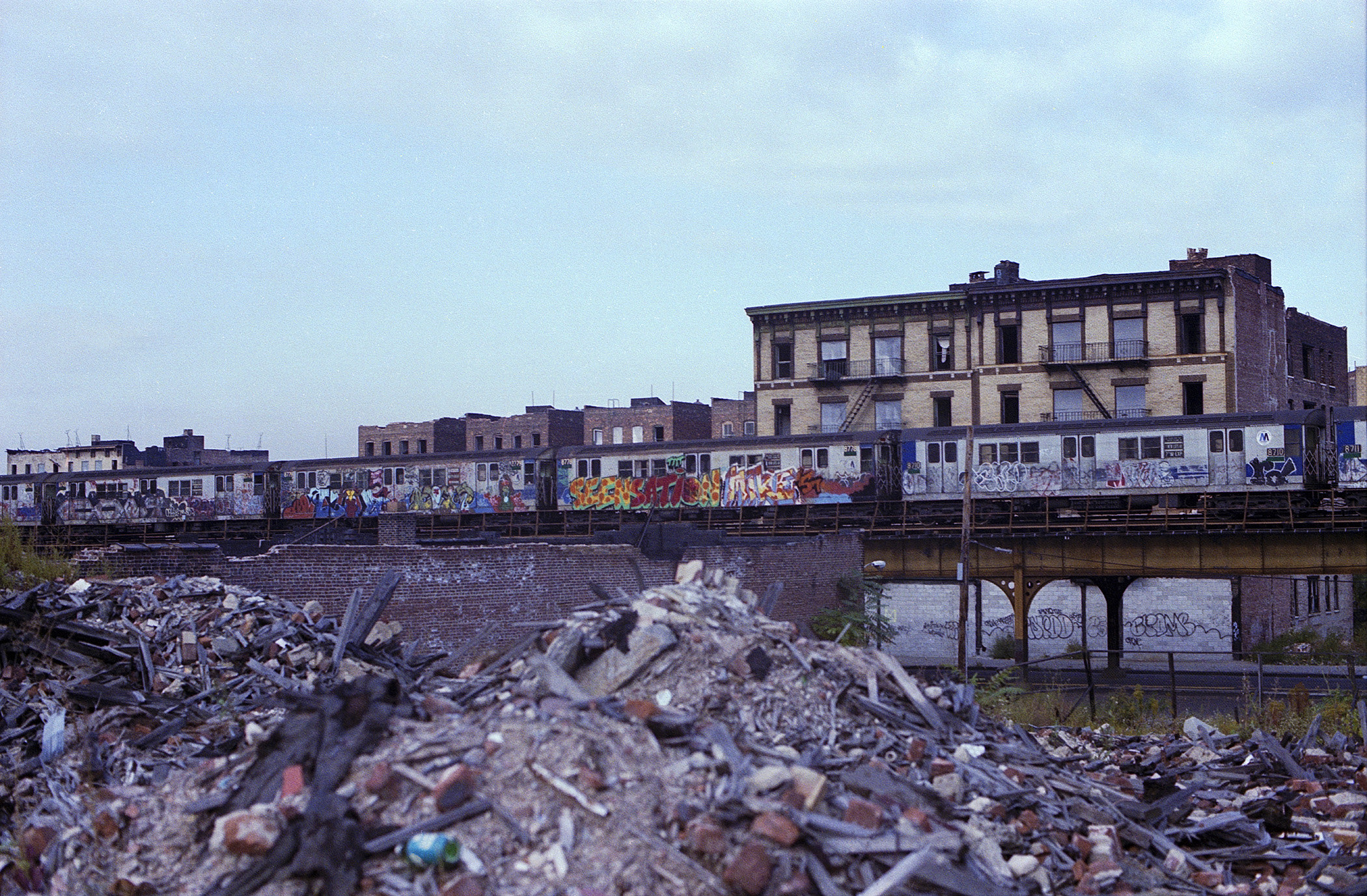
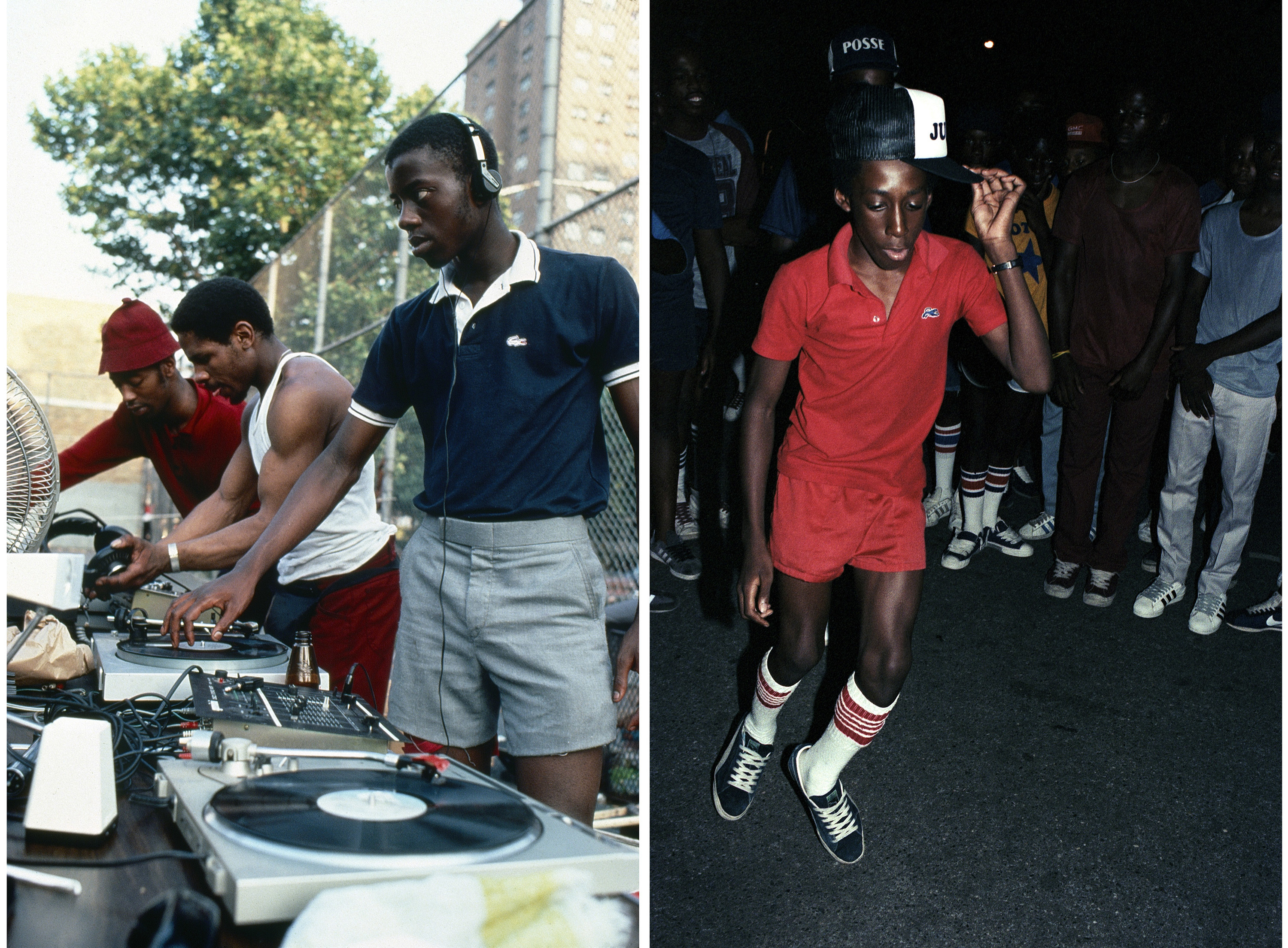
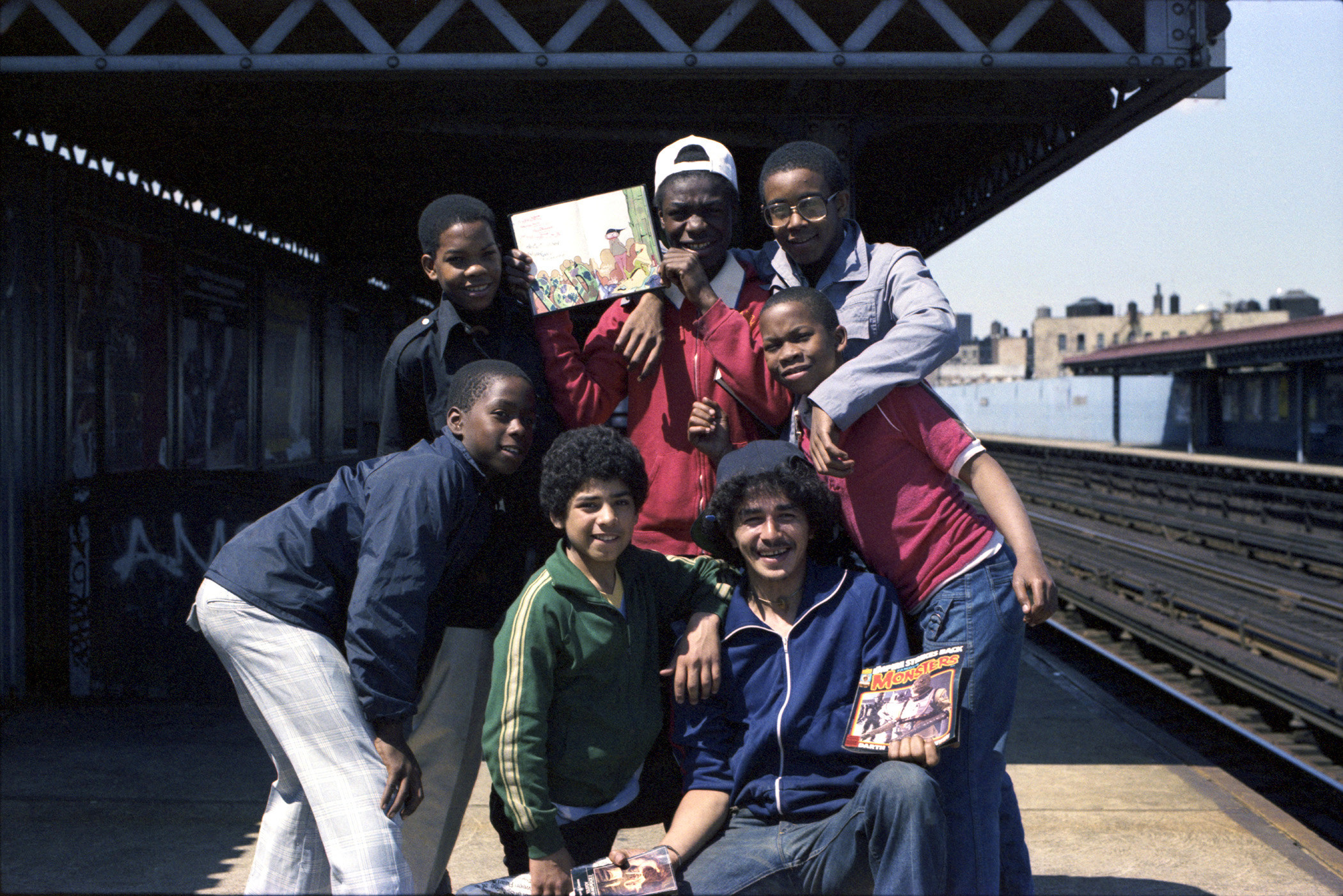
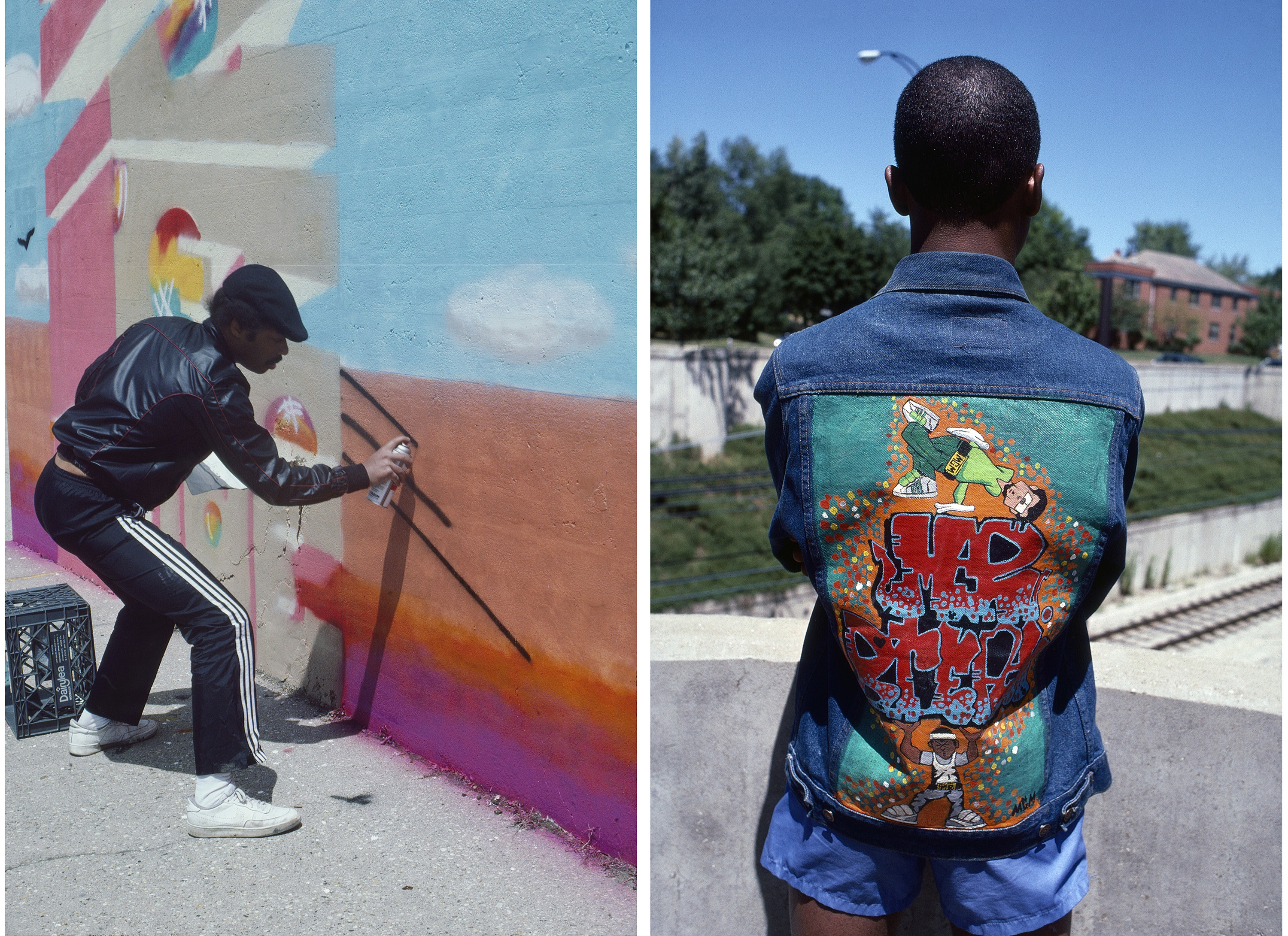
There were neighborhoods that were badly hit by urban renewal as well. The city was systematically destroying perfectly good housing and putting up their Le Corbusier towers as housing projects. These became places where people lived 25 floors above where their kids were playing in the street and they couldn’t be there with them to supervise. It was a bad idea.
Projects such as Robert Moses' Cross Bronx Expressway and the Brooklyn-Queens Expressway devastated vast parts of the housing stock. In the case of the Bronx, it isolated parts of the South Bronx from their neighbors for years. So people eventually left and their houses were left abandoned. The landlords weren’t making their money, so they would hire gangs to burn down these buildings to collect insurance money. This was a process in which the city and certain real estate interests had a hand in because it was clear that they wanted to evict these residents for new housing stock, so that they could take advantage of the tremendously advantageous position of the South Bronx in relation to Midtown Manhattan.
This was a terrible neglect of the citizens who were living there at the time. But the people in my pictures, the children of these families, chose instead to thrive in this neglect and to invent their own things to do — their own activities, their own art forms, their own music and dance. In the end, it’s a tremendously optimistic story given the creativity of young people.
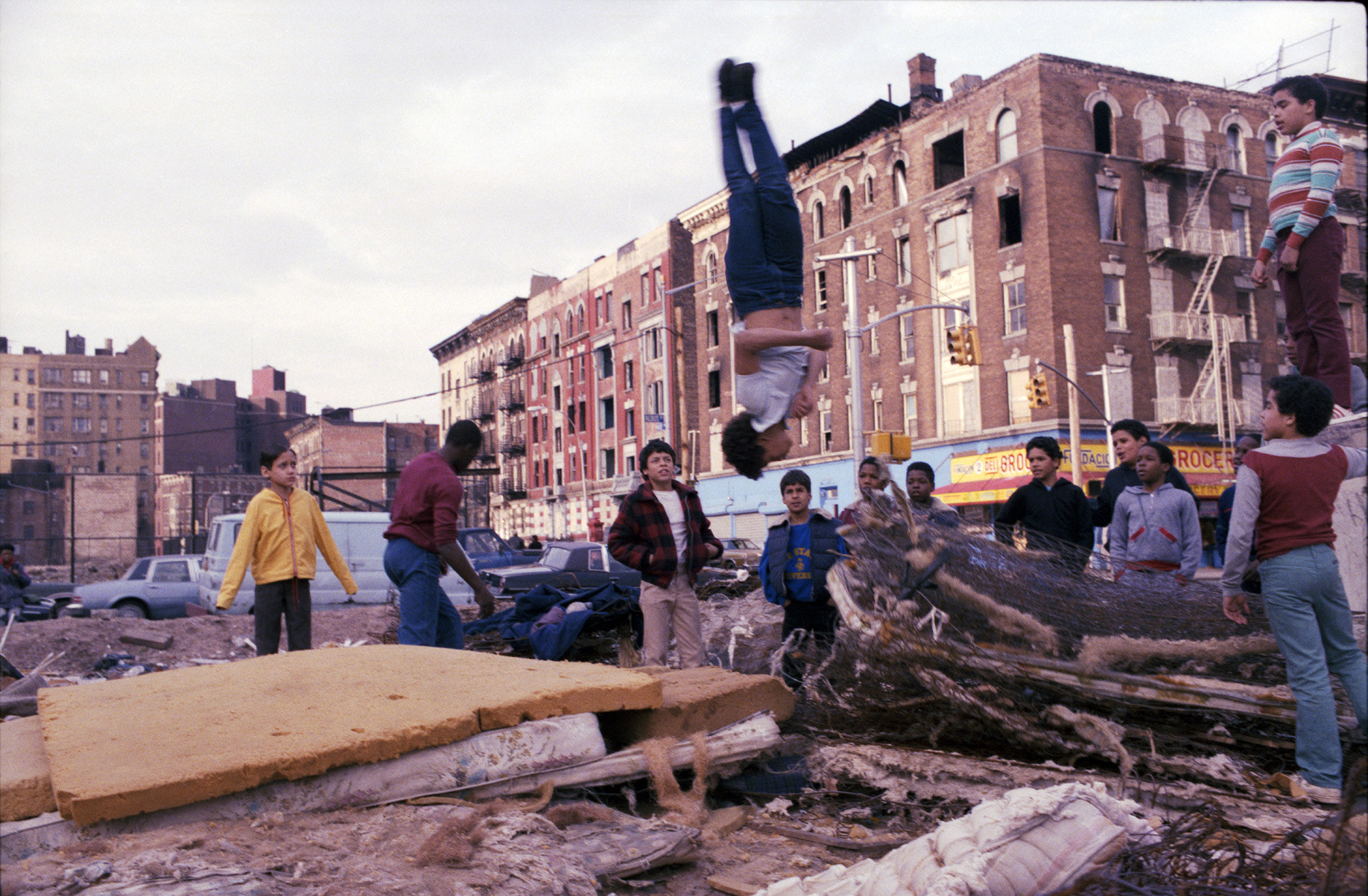
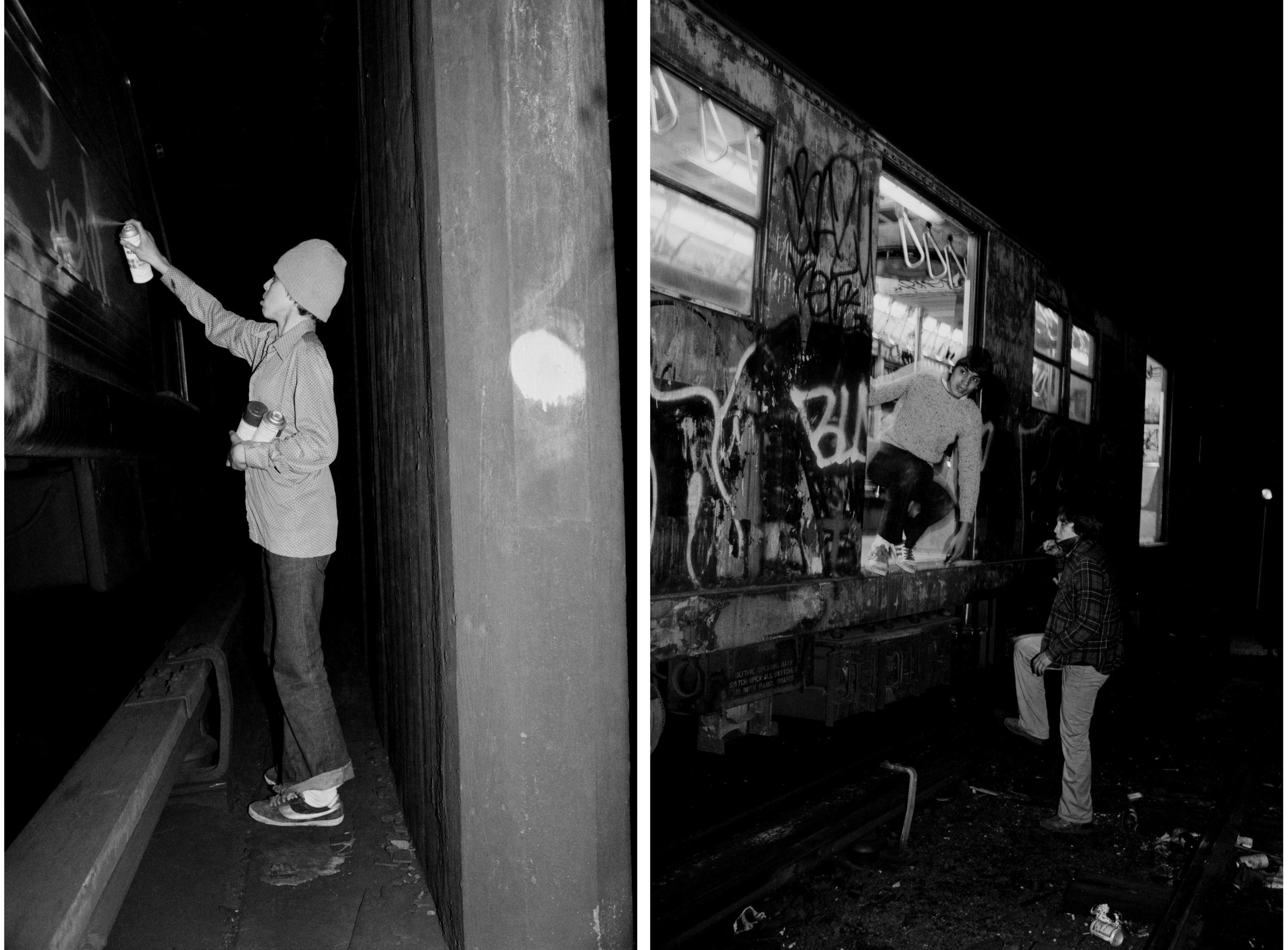
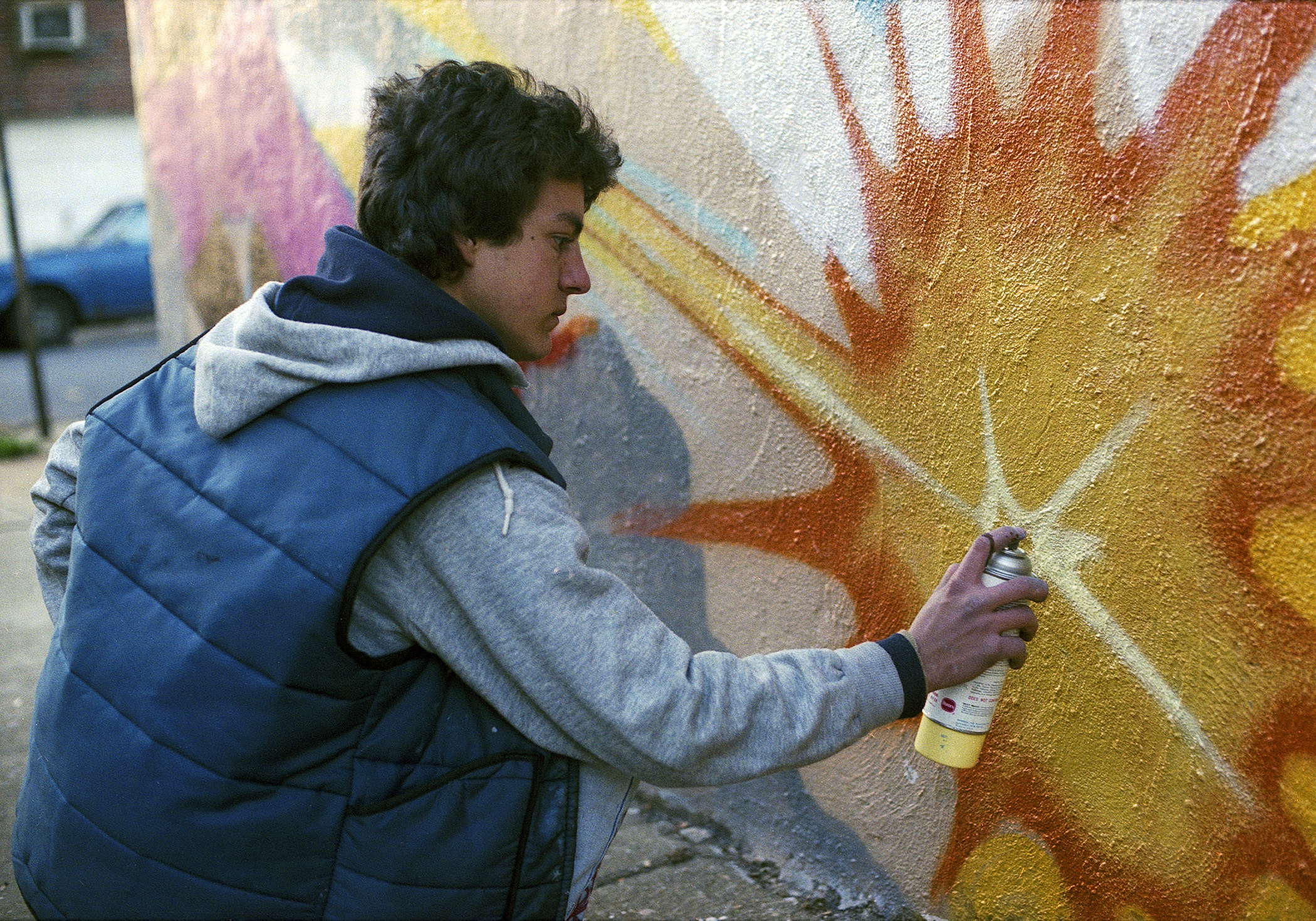
And you saw these new art forms shaping and chose to document it through photography?
HC: Absolutely. Photography for me was a tool. Which is funny, because I wasn’t a photographer at the time. I went to Stanford University and majored in classical Greek literature — it was a great pleasure at the time, but not something I wanted to dedicate my life to. Instead, I wanted to be a sculptor, so I came to New York in 1973 and set up a studio in Lower Manhattan. I had a life as a sculptor in New York for about 10 years.
Somewhere in the middle of that I became interested in graffiti and was eager to figure out how to photograph it. I wasn’t too familiar with the outer boroughs at the time, but I soon realized that those elevated lines allowed great access to photograph the trains in good daylight.
By 1977, I had developed a style of isolating the artwork on the train car, rather than taking pictures of the graffiti within the context of the city. I would stand on one side of the station, say the uptown side, and wait for the downtown trains to come by. I took the pictures in segments and pasted them together, which made every picture look as if it was in the same frame.
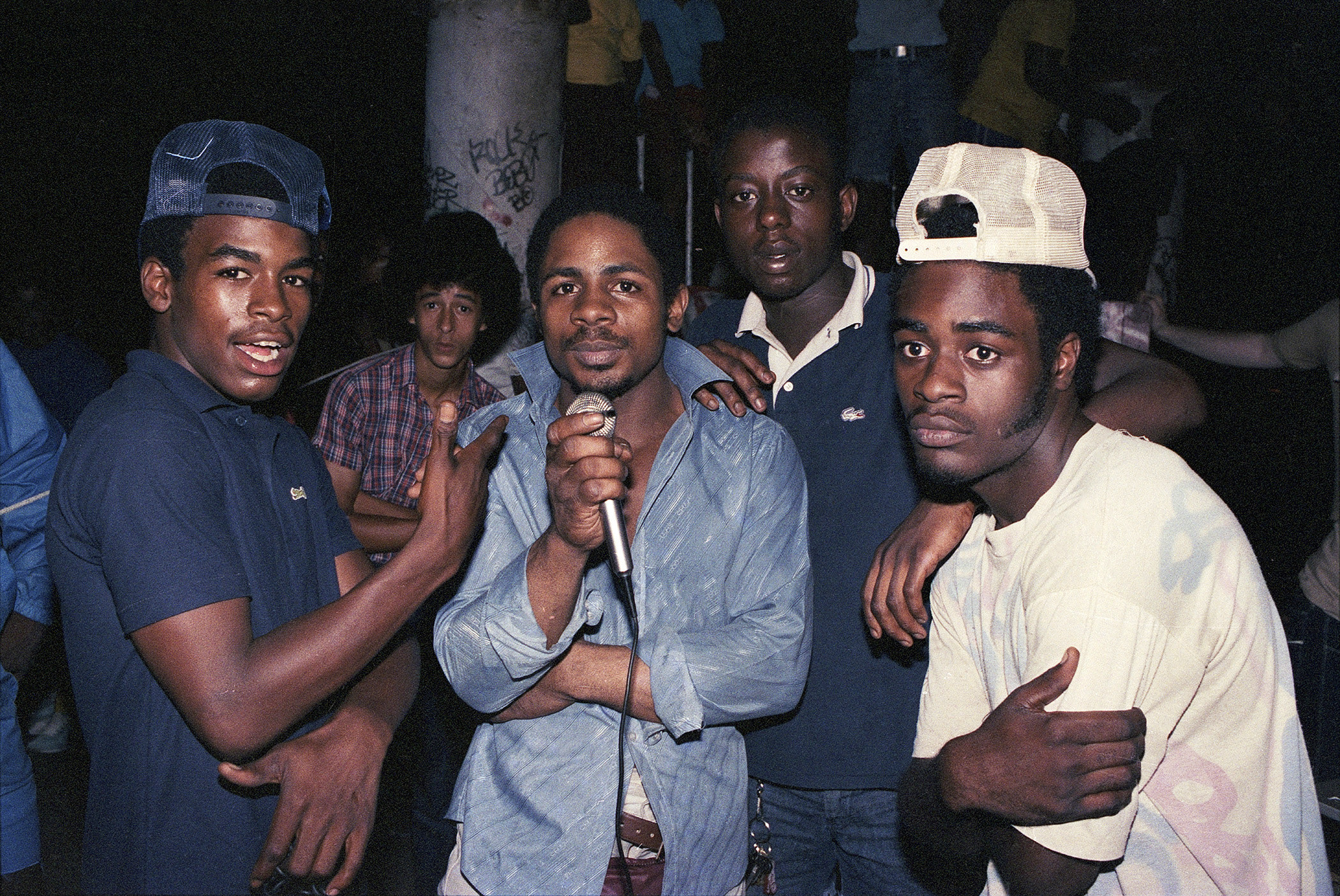
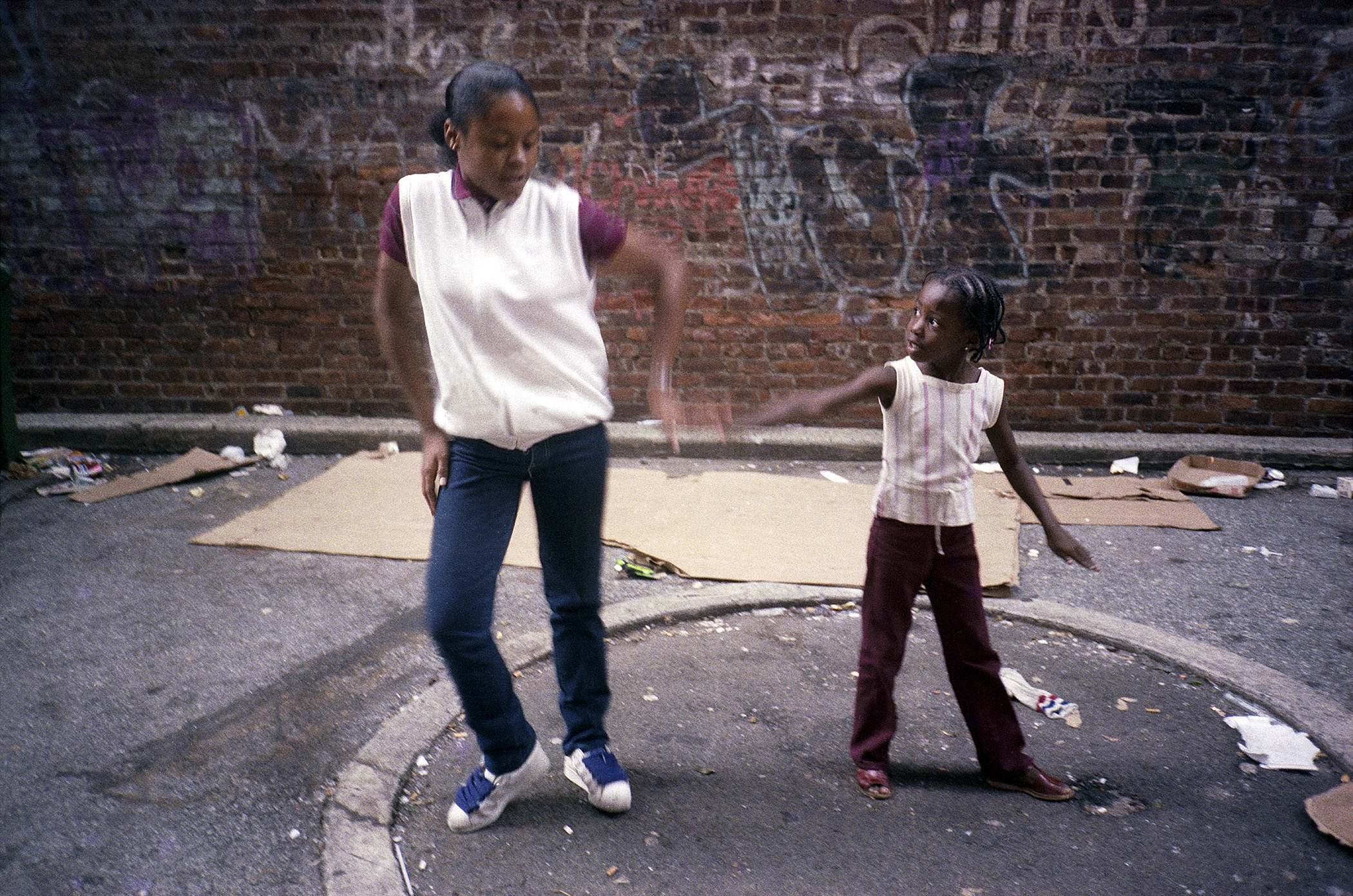
What were some of the risks that these graffiti artists were making for their art?
HC: Part of the process of making this art was the cat and mouse game with the police. This was one of the badges of honor — that whoever this kid was, had created this work of art in spite of all the odds. Amongst the odds were arrest and being chased by the police, to the actual dangers of running around in train tunnels. But teenagers like to challenge themselves — and they were indeed challenging themselves.
And you could recognize the talent. Within the graffiti community, there was a great deal of recognition of somebody who was truly talented. The culture of Writer's Benches was a kind of critical forum. People would gather at the benches and watch the trains go by and declare who was the winner, who was the best, who was just plain ridiculous. This was a very intense forum of criticism happening, which spurred improvement and motivated people to try harder.
What is the legacy of this generation of artists?
HC: There are certain moments in history that can be dubbed extraordinary, where a combination of events comes together resulting in a tremendous outpouring of creativity. You could compare this period of time to the Italian Renaissance, or perhaps Paris in the early 20th century, where a tremendous amount of creative energy was bursting forth. And for these artists to make it out of nothing — an environment of neglect and decay. This generation was really able to enable and electrify the human potential in themselves.
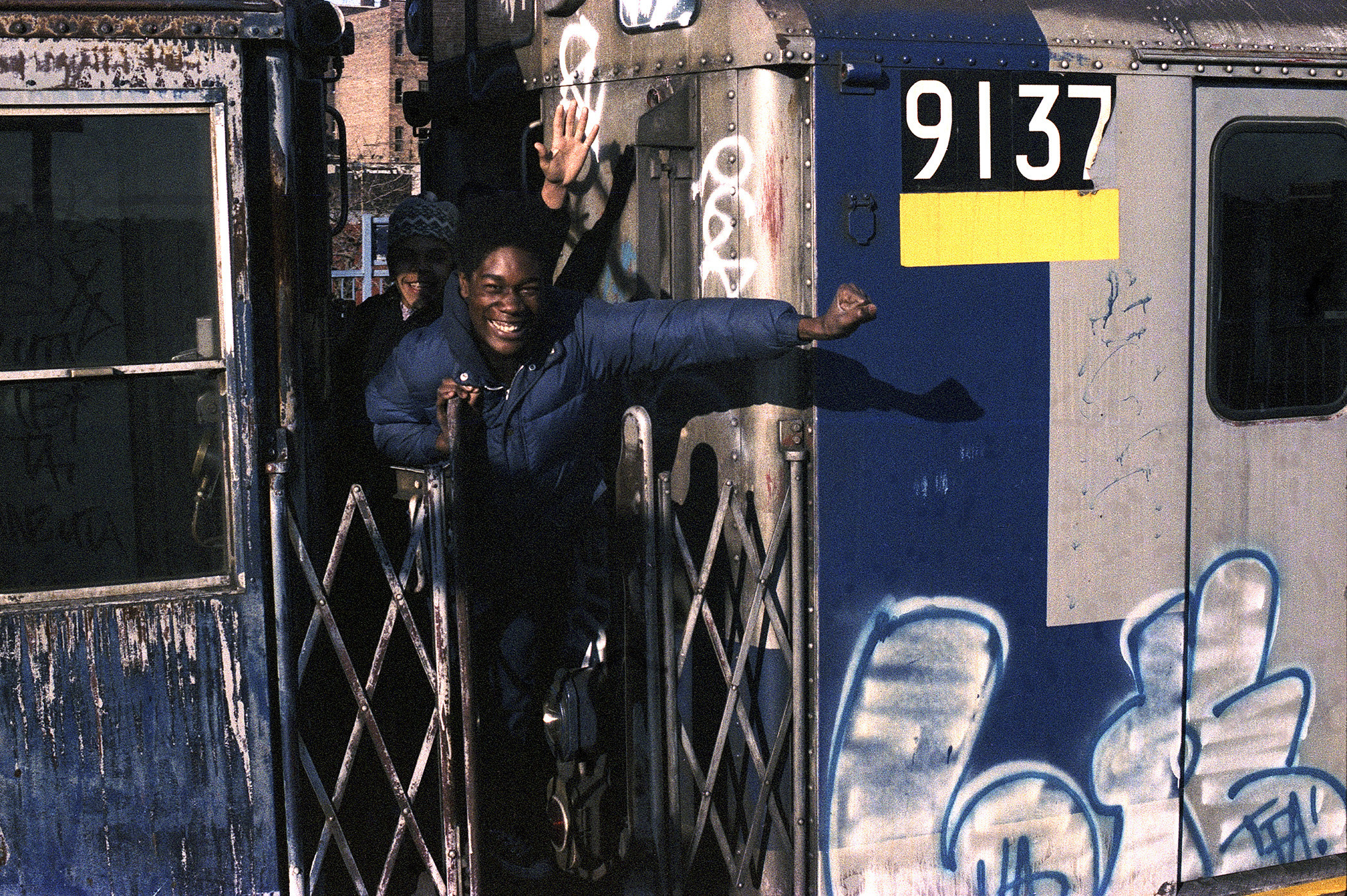
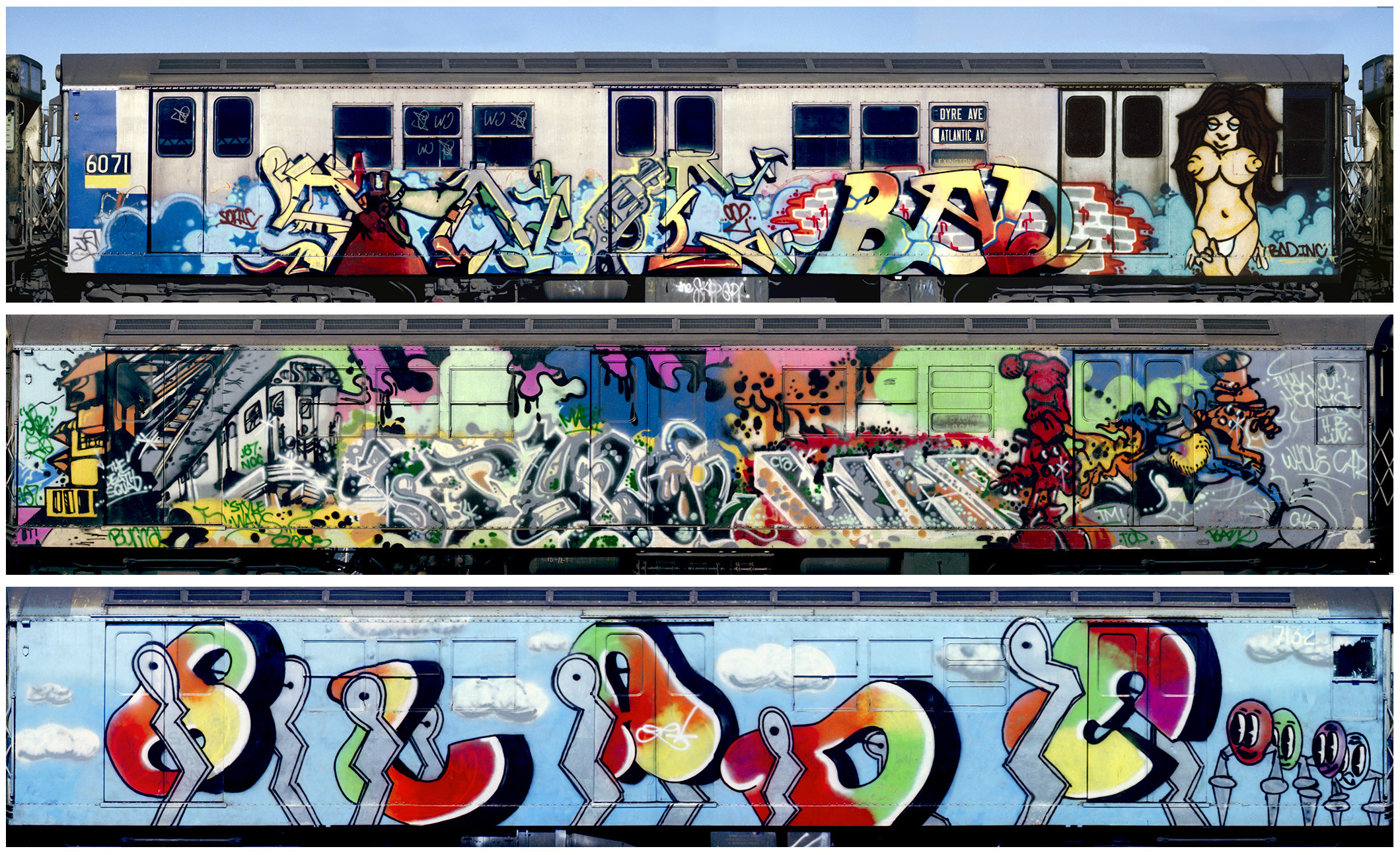
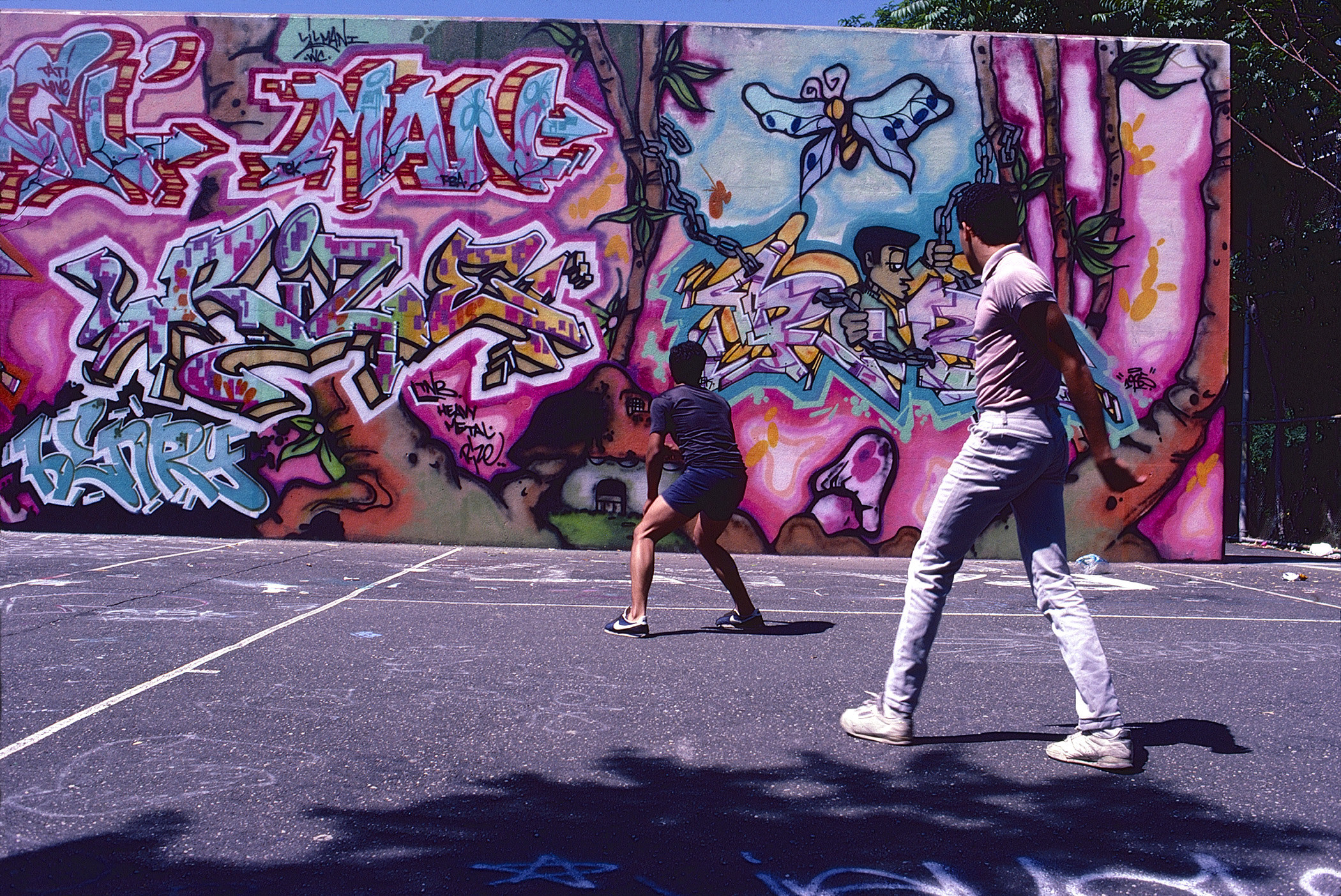
Henry Chalfant: Art vs. Transit, 1977–1987 is on view at the Bronx Museum of the Art from Sept. 25 to March 8, 2020.

